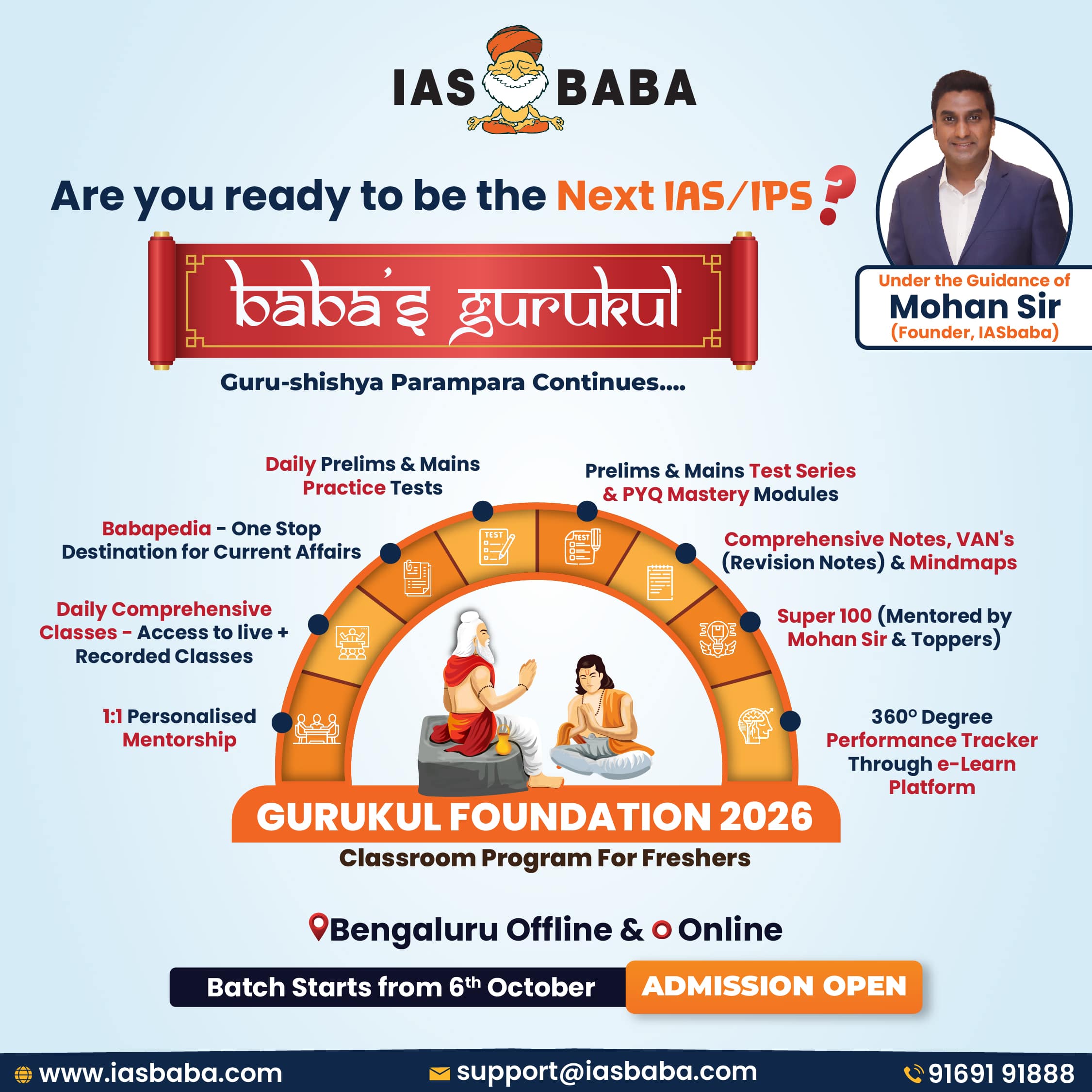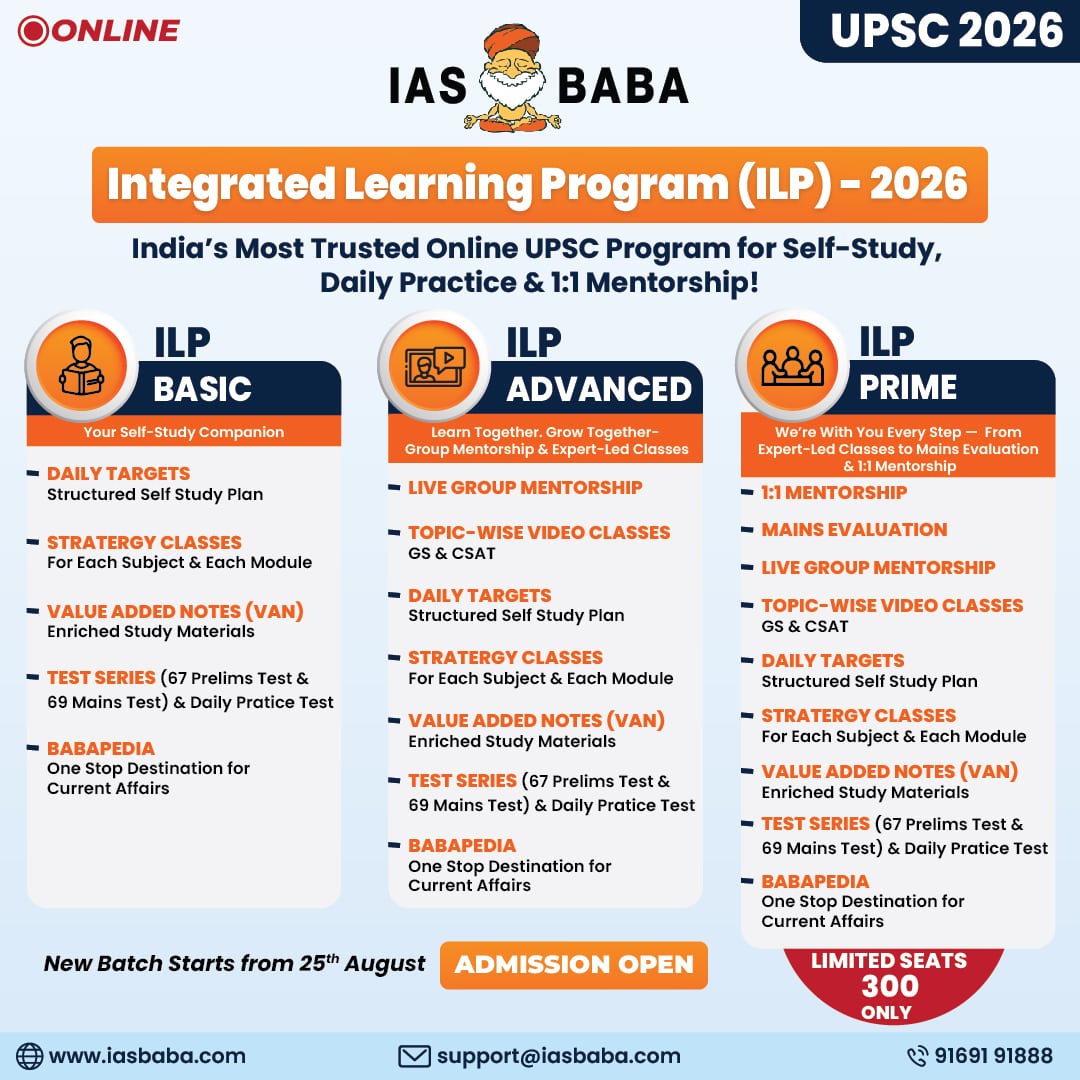IASbaba's Daily Current Affairs Analysis, IASbaba's Daily Current Affairs Sep 2016, National, UPSC
Archives
IASbaba’s Daily Current Affairs – 28th September, 2016
NATIONAL
TOPIC: General Studies 1
- Salient features of Indian Society, Diversity of India.
- Social empowerment, communalism, regionalism
Urban middle class and politics
- India has 32% urban population which is expected to double by 2050. Its middle class is projected to cross one billion as early as 2025.
- Earlier, the middle class found that it was too small to count on its own steam and too rootless to be able to influence increasingly localised politics. As a result, the urban middle-class largely lost interest in politics.
- But recently, a steady rise was witnessed in urban middle class participation in politics in last decade during the historic India Against Corruption Movement.
- This gave rise to India’s first major class-based urban political party- the Aam Aadmi Party (AAP)
- In recent history, the 2014 Lok Sabha elections saw that beyond large cities, middle classes vote more than the poor. Their participation played a major role in incumbent government’s electoral success in 2014.
- Middle class participation is likely to increase in future given the demographic shift towards greater urbanisation and rise in incomes.
Middle class mobilisation
- It is often perceived that middle class exerts its citizenship through activism in civil society, while electoral politics is the domain of the poor.
- Hence, many popular and scholarly accounts of the urban middle class emphasise its disdain (aloofness) for electoral politics.
- Yet, certain sections of the middle class are active in party politics— from Resident Welfare Association’s (RWA) candidates in municipal polls to active parties like AAP and Lok Satta.
- So, there seems to be a conflicting observations which questions what sections of middle class contest elections or who are instead active in civil society.
- A research in Delhi between 2006-14 suggests that the nature of middle class mobilisation depends on two factors:
- Its perceived electoral potential– sections of middle class that are perceived as electorally significant by the political establishment are likely to engage with the state as voters.
- Its pre-existing networks within the state
- The middle class may voice their complaints through occasional protests but mostly, they resolve their conflicts through existing institutional channels.
Response to alienation
- A vast section of the middle class, especially in unauthorised parts of the city, relies on the state for public services.
- Lokniti data reveals that the middle class displays greater interest in elections as compared to both the rich and the urban poor.
- The political parties view the middle class as an important constituency. They canvass middle class voters even more than slum residents. The reason is that the slum dwellers are being pushed to the outskirts and the middle class is beginning to constitute a larger share of the voters.
- However, on the other hand, electoral alienation of middle class generates two different kinds of political mobilisation.
- Through informal networks
- Through formal networks
Informal channel
- There are sections of middle class, mostly higher professionals or part of the managerial class, who have informal networks within higher reaches of state, either in political party or bureaucracy. Thus, they tend to operate outside formal politics.
- Though they utilise their networks, they associate political parties with clientelism and patronage and, as a result, are suspicious of electoral politics.
- They emphasise on ‘formal rules’ and ‘bureaucratic channels’ which makes them hostile to informal residents, or those people who live in unplanned settlements and engaged in unregistered occupations.
- The 90% of the PIL filed by middle class neighbourhood associations in Delhi between 2000-07 were related to issues concerning encroachment on public land.
- Thus, this section of middle class mobilises almost exclusively in civil society through the media and digital technologies.
- Hence, the understanding of the new middle class is largely informed by this small section of the middle class that exerts a disproportional influence on the media and the public discourse.
Formal channels
- Some middle class groups which are not considered electorally significant, lack networks within the state. They can neither voice their concerns effectively nor have the option to exit formal politics completely.
- This section of the middle class seeks to become part of the state machinery through electoral channels.
- Candidates supported by middle class RWAs in a number of local municipal elections across Indian cities are a good example.
- These trends in middle class political mobilisation have further intensified as a result of broader changes in state-society relations due to economic liberalisation. This middle class expansion, due to economic growth, has generated greater demands for improving public services.
- At the same time, privatisation of public services and fiscal decentralisation have led to greater availability of financial resources at the local level.
- The combination of the two factors has made local politics more contentious.
Conclusion
- Hence, middle class mobilisation is, at least in part, motivated by dissatisfaction in the quality of governance and public service delivery in a context of increasing state resources. The transition from activism in the civil society to the electoral sphere was a means for middle class groups to assume a more direct control over the distribution of public resources.
- Sections of the middle class that are alienated from electoral politics are most likely to mobilise in the civil society. This is reflected through protests against a number of specific policy issues like target corruption in public life.
- These protests aim to influence public policy by remaining outside the realm of formal politics. Civil society activism transitions to electoral mobilisation when it fails to influence policy. These two logics of middle class mobilisation will have a transformative impact on the nature of Indian politics as India continues to rapidly urbanise.
- From a broader perspective, these modes of middle class political engagement reflect the ability of the state to accommodate the expanding middle class in the political process, either through electoral channels or through the bureaucracy.
- If the expansion of political participation among socially underprivileged groups characterised the nineties as the ‘second democratic upsurge,’ it stands to reason that growing urban middle class participation could constitute India’s third democratic upsurge in the years to come.
Connecting the dots:
- The Indian urban society is experiencing a change in the participation of middle class in active politics/civil society activities. What will be the impact of such change? Discuss
- “The political parties no longer focus only on the rural and poor sections of society.” Evaluate the sentence in light of growing urban middle class activism in politics.
- Can the urban middle class change the electoral results in next 10 years? Critically examine.
MUST READ
A story to two caste struggles
It is time for a uniform asylum law
A case for accepting the WTO ruling
A Lawless Law- Preventive Detention
Cities at crossroads: Can’t sweep it under the carpet
Recalling agreements and disagreements:- Indo-Pak pacts that hold
Rethinking the case for structural reforms
The return of fiscal policy
Is Indian business immune to parliamentary questioning?
Elevating India’s innovation mission












